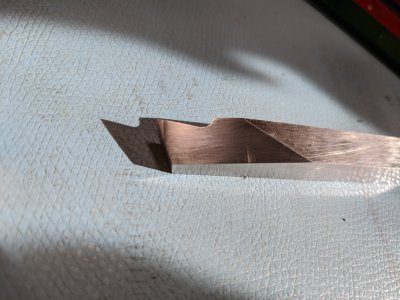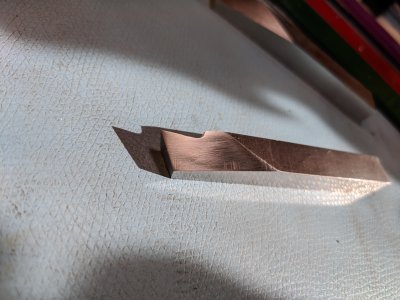- Joined
- Apr 30, 2015
- Messages
- 11,305
OK understood. Try then to get as flat as possible on those tool faces, then hone carefully without rounding over the edge. Your bits should be dangerous when you are done 
Personally, I don't even hone mine. I just use 'em right off the wheel. ("Free Bird" begins playing)

Personally, I don't even hone mine. I just use 'em right off the wheel. ("Free Bird" begins playing)
Last edited:



